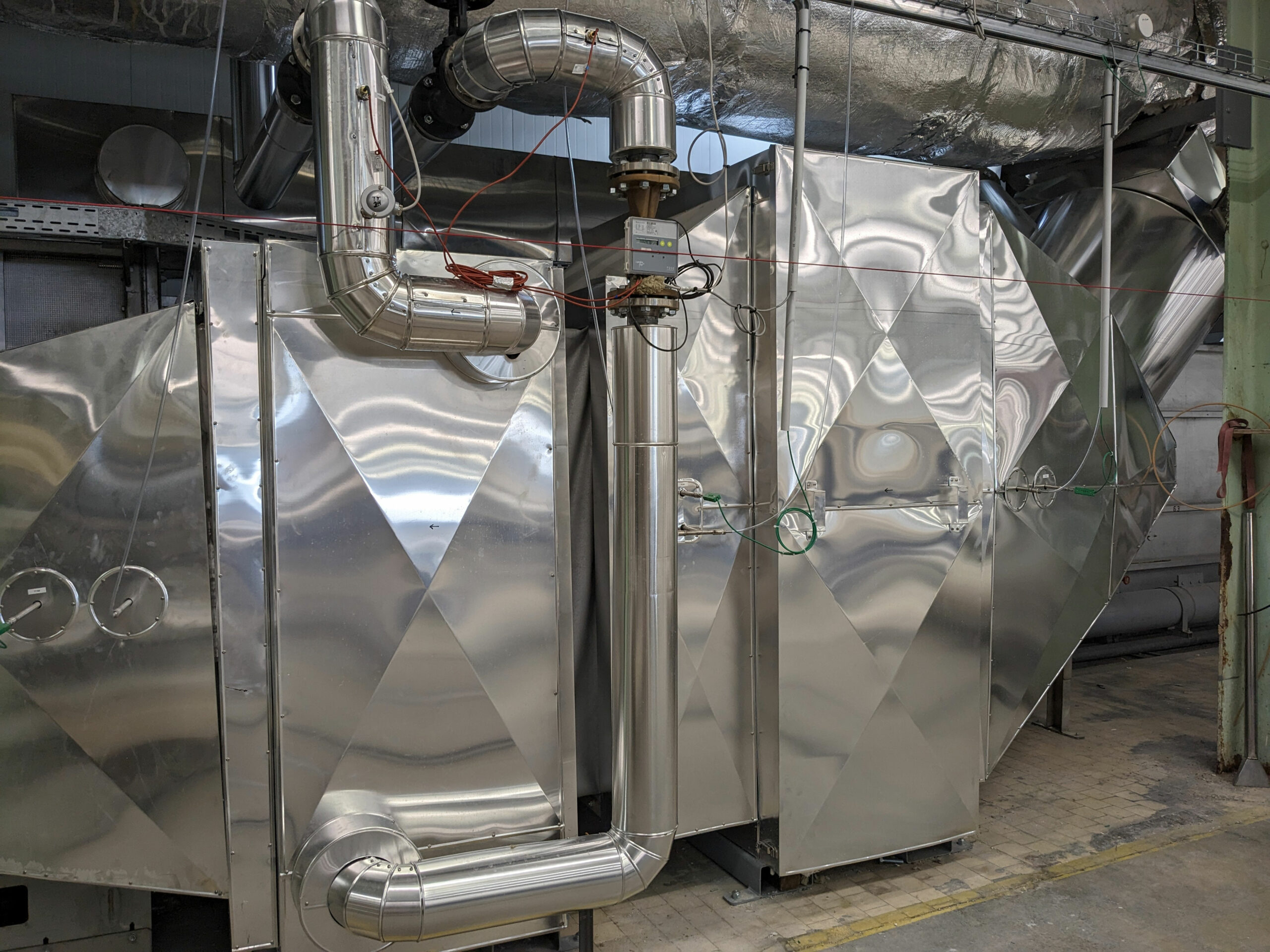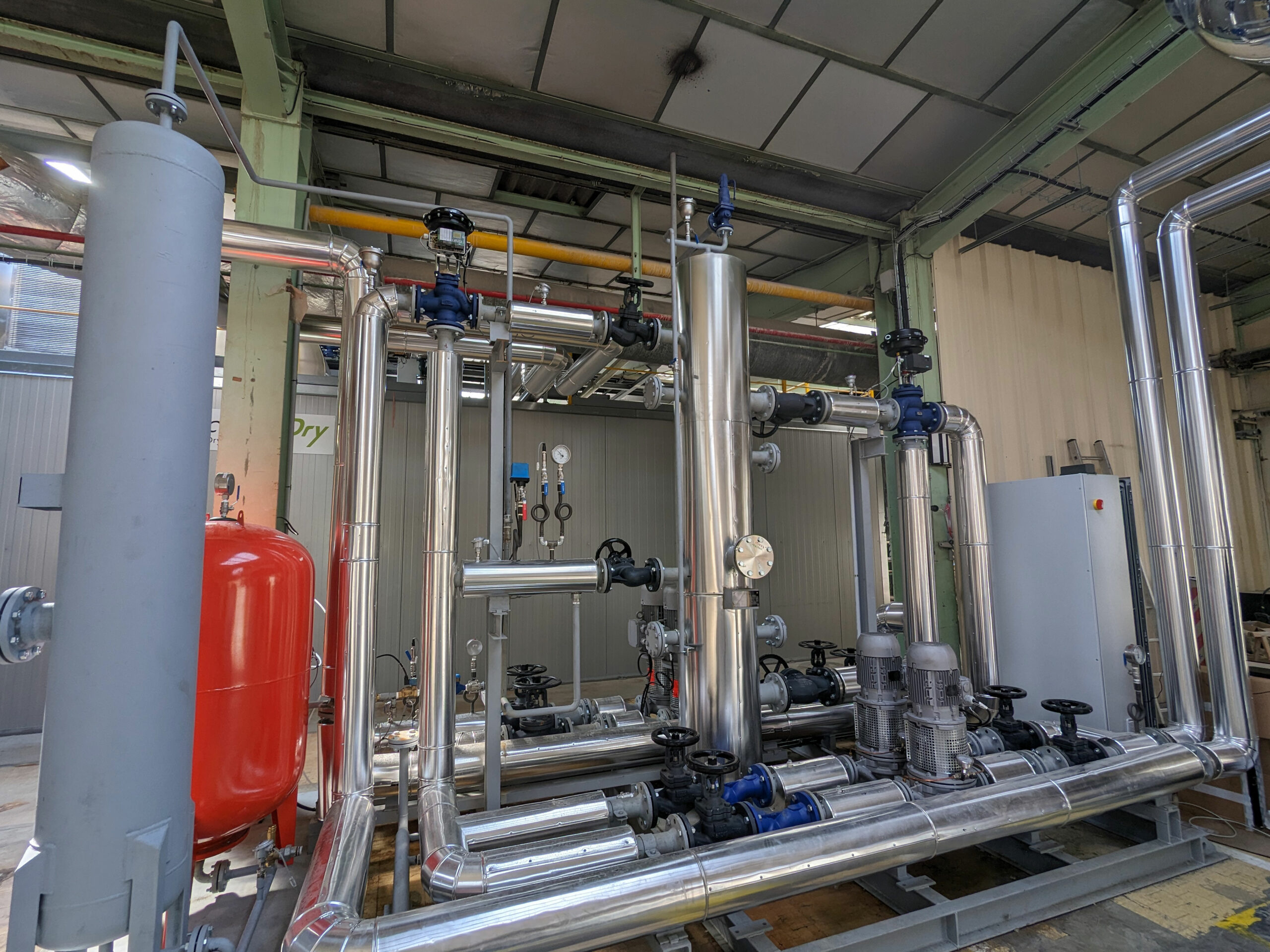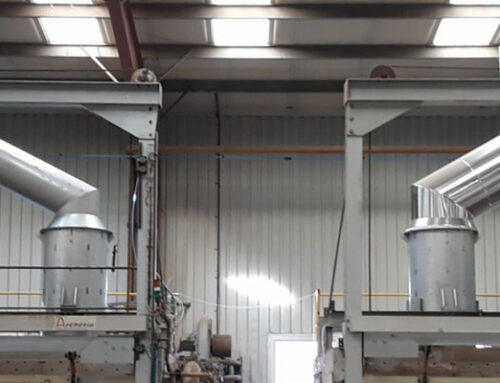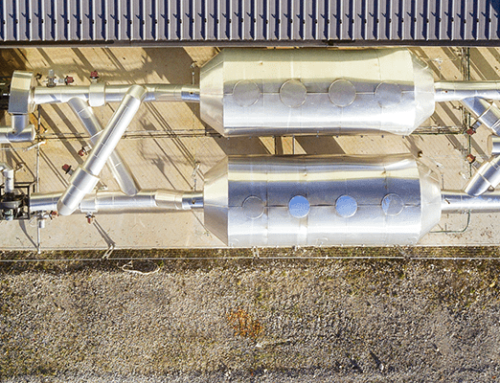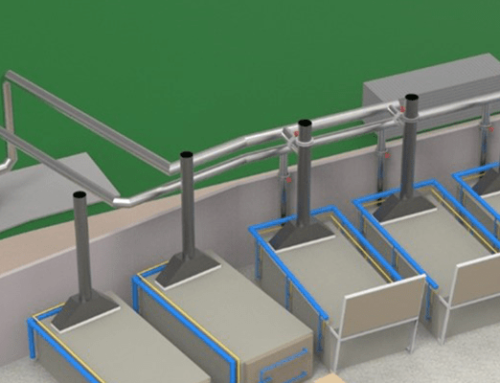Project Description
Decarbonization of the dryer section alone: 723 tonnes of CO2 saved, based on an emission rate of 0.241 kgCO2/kWh consumed and 0.0339 kgCO2/kWh produced.
Energy savings on dryer section alone: 3000 MWh saved per year, i.e. 10%.
Location: Valence d’Agen – Tarn et Garonne (82) – Occitanie – France
Client: Villeroy & Boch
Sector : Ceramics
The feasibility study carried out for this client aims to study:
- The energy recovery paths identified with regard to the site’s facilities;
- The solutions identified by Eco-Tech Ceram in order to optimize the energy efficiency of the various installations studied.
This study focused on the renovation of the plant’s dryers, the recovery of waste heat from the compressors and the insulation of the slurry and enameling tanks.
Project issues:
Analyze available sources of waste heat, energy requirements and optimize the energy efficiency of the equipment listed above.
As a result of this characterization, Eco-Tech Ceram looked for the most appropriate solutions to meet the energy requirements and/or improve the energy efficiency of the workstations studied.
Each of the solutions was presented to the client via a complete report respecting Ademe ‘s specifications on the feasibility studies.
Eco-Tech Ceram achievements:
Each waste heat recovery solution has been studied in such a way:
- Study of the customer’s compressor station, optimization of its operating points
- Sizing of a 2m3 storage tank
- Hydraulic study upstream of the balloon to send the cooling water from the various compressors
- Aeraulic and thermal study downstream of the balloon: water network integrating three unit heaters (heating of premises) and three exchangers (hybridization of boilers). Total power exchanged = 200kW.
- Solution design
- Energy and environmental balance
- Costing of the solution
- Economic study of the solution and financial arrangement
Each energy optimization solution has been studied in such a way as to :
- Study of dryers in detail and research of heat losses
- Repair of insulation, defective parts and thermal bridges
- Approach to possible savings, comparison to conventional ceramic drying
- Calculation of the solution for each dryer
- Economic study of the solution and financial arrangement
Description of the proposed solution:
Interdependent heat recovery and energy optimization projects on the production process (baking + drying): replacement of the 11 aging dryers by 5 new, more efficient dryers powered by waste heat from the tunnel kiln.
